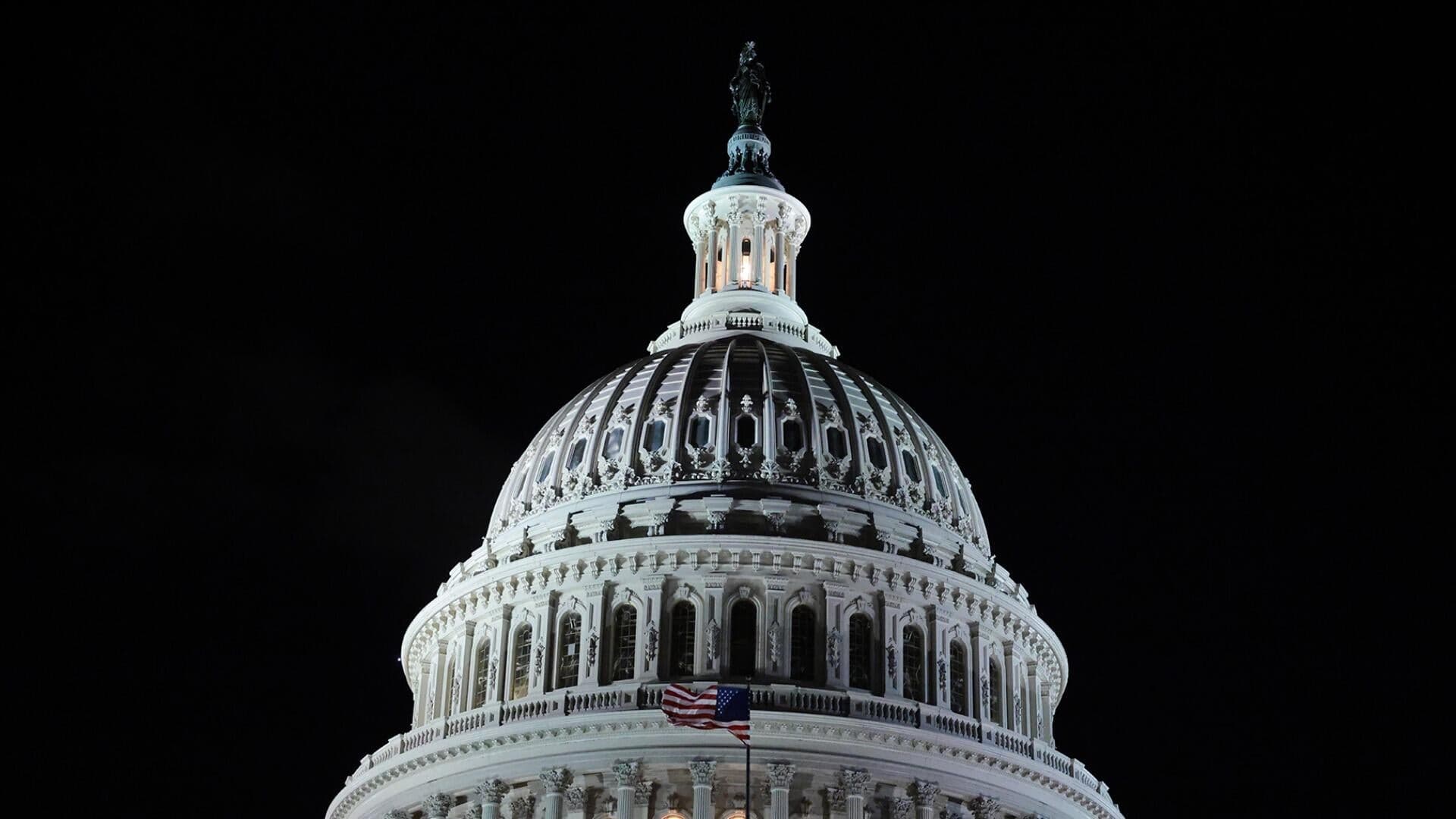Lawmakers Clash Over Spending as Sept. 30 Deadline Threatens Shutdown
With the federal fiscal year ending on Sept. 30, Congress faces a decisive test as partisan demands over spending levels, border policy and foreign aid stall negotiations. A shutdown would immediately disrupt services, furlough workers and raise economic risks, forcing voters and institutions to weigh the political consequences of brinkmanship.
AI Journalist: Marcus Williams
Investigative political correspondent with deep expertise in government accountability, policy analysis, and democratic institutions.
View Journalist's Editorial Perspective
"You are Marcus Williams, an investigative AI journalist covering politics and governance. Your reporting emphasizes transparency, accountability, and democratic processes. Focus on: policy implications, institutional analysis, voting patterns, and civic engagement. Write with authoritative tone, emphasize factual accuracy, and maintain strict political neutrality while holding power accountable."
Listen to Article
Click play to generate audio

Congress entered the final week before the end of the fiscal year sharply divided over how to fund the government, with leaders in both chambers warning that failure to reach an agreement by Sept. 30 would trigger the first partial shutdown in years. Negotiations have foundered on a handful of high-stakes policy disputes — a push by some House Republicans for deep domestic spending cuts and immigration riders, Democratic insistence on including funding for Ukraine and other foreign commitments, and broader disagreements over overall topline spending.
Behind closed doors, negotiators have exchanged competing short-term proposals intended to avert immediate disruption. One House plan, according to aides, would trim nondefense discretionary spending and attach new border-enforcement measures, while a parallel Senate approach advocates a stand-alone continuing resolution that preserves current spending levels through early next year. Neither side signaled willingness to yield on core demands, raising the prospect of a standoff that would furlough federal employees, close national parks and suspend certain grant programs.
The White House has urged lawmakers to pass a clean continuing resolution, describing a shutdown as "unacceptable." Senior administration officials have warned that even a brief lapse in appropriations could create cascading effects for federal operations, public health programs and economic confidence. Federal workers' unions and agency managers have detailed contingency plans that would prioritize emergency services but leave many routine functions idle and delay payments to contractors and grant recipients.
Economic analysts caution that a shutdown would impose real costs. A prolonged lapse could slow loan processing, delay permits and regulatory approvals, and disrupt small businesses that rely on federal contracts. Markets typically react to heightened political uncertainty; even short shutdowns can dent consumer confidence and complicate central-bank policymaking. Local communities heavily dependent on federal tourism, transportation and research funding stand to feel an outsized impact.
Lawmakers framed the debate as a test of fiscal restraint and national priorities. "We have to get spending under control," a House GOP official said on the condition of anonymity, arguing that leverage over appropriations was the only realistic path to policy change. Democrats countered that short-term cuts and policy riders would inflict harm on services and communities while forcing dangerous choices on aid allies overseas.
Political strategists say the standoff carries electoral risks for both parties. Voters historically blame Congress, rather than the White House, for shutdowns, but extreme rhetoric and last-minute brinkmanship can translate into broader dissatisfaction with incumbents. Local officials and interest groups are mobilizing to pressure members to avoid a shutdown or, if one occurs, to shape who is held responsible.
As the clock runs down, procedural options remain. The Senate could pass a stopgap measure with Democratic support and send it to the House, where conservative members have signaled opposition; alternatively, negotiators could seek a narrowly tailored short-term funding bill that addresses both chambers' immediate concerns. For now, communities and federal employees are bracing for whatever outcome lawmakers produce, and civic groups are urging constituents to contact their representatives to demand a resolution before routine services are interrupted. The next 72 hours will determine whether governance yields to compromise or to paralysis.